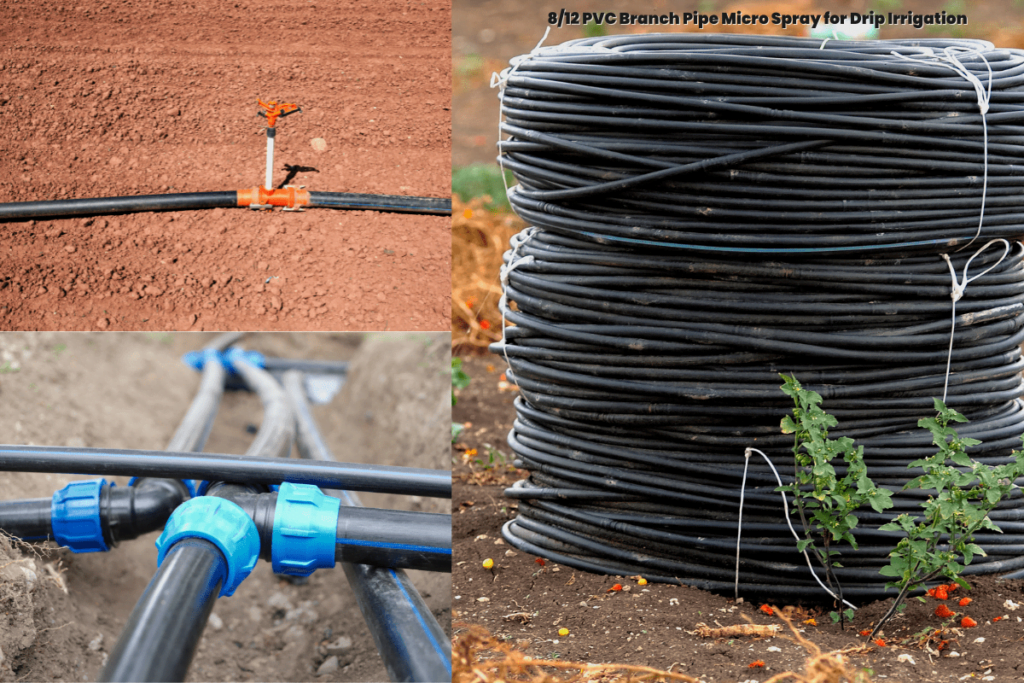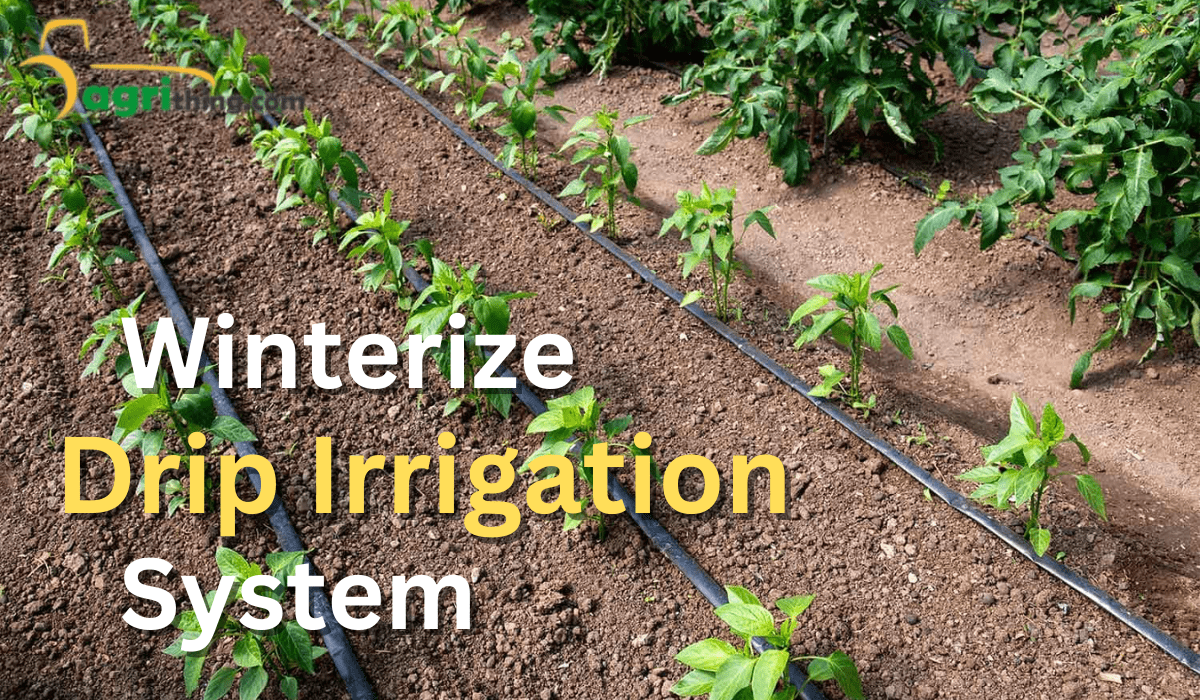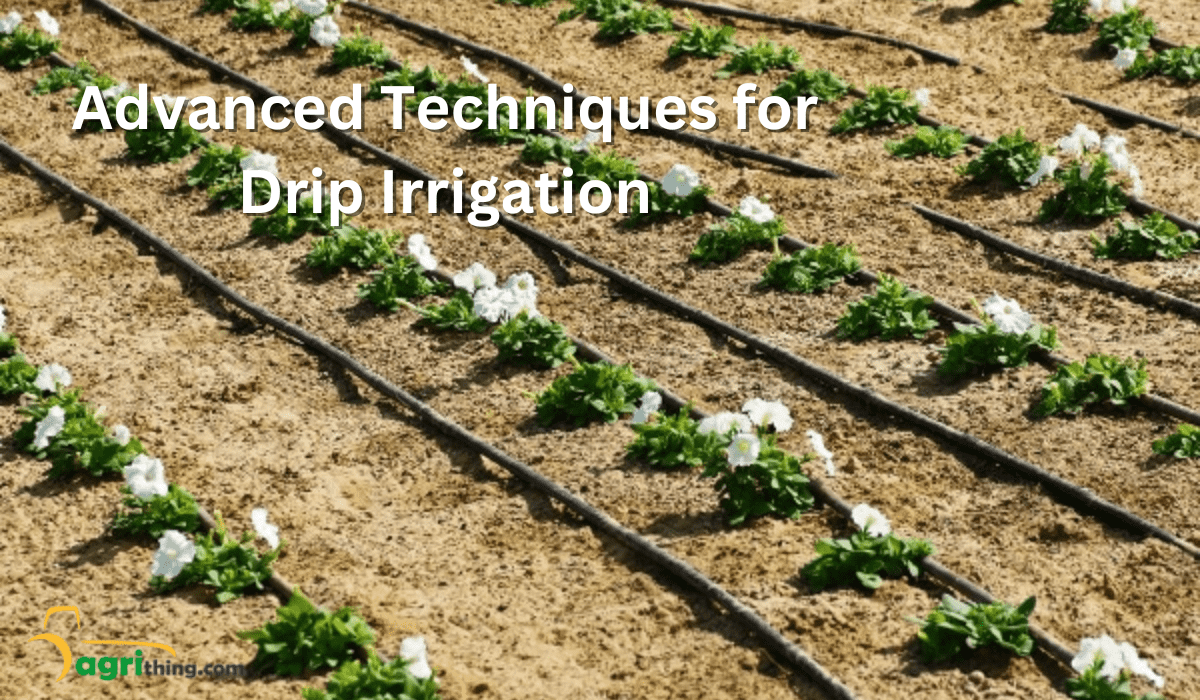Efficient Water Conservation Tips: Empower Your Impact

Water conservation is essential in keeping our valuable resources. Combined with practical water conservation tips, drip irrigation systems can reduce water wastage. Examples include:
- Mulching
- Grouping plants with similar water needs
- Regularly inspecting and adjusting the irrigation system
Implementing these strategies maximizes the benefits of drip irrigation and promotes sustainable gardening practices.
Table of Contents
Looking for effective water conservation tips?
Drip irrigation is an excellent technique for conserving water, providing valuable tips to minimize water wastage. Directly supplying water to plant roots reduces evaporation and runoff, two major contributors to water loss. Unlike traditional sprinkler systems, drip irrigation employs a network of tubes, emitters, and timers to deliver water gradually and accurately, making it an ideal solution for water conservation. With its precise and targeted approach, drip irrigation is a valuable tip to optimize water usage and conserve this vital resource. Ready to learn more water conservation tips? Keep reading!
Importance of Water Conservation
Water conservation tips are crucial for our environment, reducing strain on water sources, preserving ecosystems, and securing water for the future. Drip irrigation is an effective method for water conservation, delivering water efficiently and preventing overwatering, making it beneficial for plants. Incorporate these water conservation tips to promote sustainability and protect our precious water resources.
Benefits of Drip Irrigation
Drip irrigation offers numerous benefits for both plants and gardeners. Some key advantages include:
Efficient Water Usage:
Drip irrigation is a great way to save water. It can cut water usage by half compared to traditional sprinkler systems. It gives water directly to the roots, so there’s less evaporation, and plants need the right amount of moisture.
Weed Control:
Drip irrigation helps control weed growth by giving water directly to the roots. This makes it harder for weeds to get the water they need, which helps keep them from growing too much.
Prevents Disease:
Using drip irrigation to water plants from below can prevent diseases caused by wet leaves, like fungal infections. This is because the water is delivered directly to the roots, keeping the foliage dry and reducing the risk of plant diseases.
Nutrient Management:
Drip irrigation systems can be equipped with fertilizer injectors, delivering nutrients precisely to plants’ root zones.


Water Conservation Tips with Drip Irrigation
Now, let’s explore some practical water conservation tips that can be implemented alongside drip irrigation systems:
| Choose Native and Drought-Resistant Plants When planning your garden or landscaping, choose plants native to your area that can resist drought. These plants are well-suited to your local climate and need less water to grow well. They can handle dry conditions better and go for extended periods without being watered often. |
| Use Mulch to Reduce Water Evaporation Put a layer of natural mulch, like wood chips or straw, around your plants. Mulch is a protective cover that prevents water in the soil from evaporating and weeds from growing. It helps keep moisture in the area around the roots, which means you don’t have to water as often. |
| Group Plants with Similar Watering Needs When planning your garden, arrange plants that need similar amounts of water together. This way, you can water them precisely and make sure each plant gets just the right amount of water without wasting any. You can save water and help your plants grow better by avoiding overwatering and underwatering. |
| Install a Drip Irrigation System Consider getting a drip irrigation system for your garden or landscape. These systems are made to use water efficiently and avoid wasting it. Placing drip emitters close to the plants’ roots delivers the water precisely where needed. This helps conserve water and ensures your plants get the proper moisture. |
| Utilize Rainwater Harvesting Collect rainwater in barrels or tanks to use with your drip irrigation system. Rainwater is chemical-free and can supplement your water supply when it’s dry. Using rainwater reduces the need for treated water, saving a lot of water. |
| Monitor Soil Moisture It’s essential to check the moisture levels in your soil regularly. You can use a soil moisture sensor or assess the moisture content manually. This will help you determine when and how much water your plants need. Doing this can prevent underwater and overwatering, ensuring your plants receive the right amount of water. |
| Schedule Watering Wisely Water your plants in the early morning or late evening when the temperature is more relaxed and evaporation rates are lower. This way, the plants can absorb the water better, and less water will be lost through evaporation. Avoid watering when it’s windy to prevent water from drifting away and being wasted. |
| Perform Regular Maintenance Make it a habit to inspect and maintain your drip irrigation system regularly for effective water conservation tips. Look for any leaks, clogs, or damaged parts that could impact its efficiency. Clean the emitters to ensure a steady water flow and make necessary adjustments as your plants grow. By performing these simple maintenance tasks, you can keep your drip irrigation system working efficiently, contributing to water conservation efforts. |
| Educate Yourself and Others Stay informed about water conservation practices and share your knowledge with others. Learn about local water rules, rebates, and incentives for using water-efficient technologies. By spreading awareness and sharing water conservation tips, you can actively promote sustainable water usage and contribute to a larger movement focused on conserving precious water resources. |


Water conservation methods for landscaping
Water conservation tips are essential in landscaping to ensure the sustainable use of water resources. Here are some practical methods for conserving water in landscaping:
Water-efficient plants:
Select plants that are native to your region or can handle shortage conditions. These plants are well-suited to the local climate and can succeed with less water, even during periods of low rainfall.
Mulching:
Spread a layer of organic mulch, like wood chips or straw, around your plants and trees. Mulch helps keep the soil moist, prevents evaporation, and stops weeds from growing. This means you will only need to water less often.
Irrigation system optimization:
Install a water-efficient irrigation system, such as drip irrigation or soaker hoses, which deliver water directly to the plant roots with minimal evaporation or runoff. Use timers and sensors to adjust watering schedules based on weather conditions, and regularly inspect the system for leaks or malfunctions.
Proper watering techniques:
Water your plants deeply but less frequently to promote profound root growth in your plants. Avoid shallow and frequent watering, as it can result in shallow root systems and water loss due to evaporation. Water conservation tips can be applied by watering your plants during the early morning or late afternoon, which reduces evaporation and mitigates the risk of diseases caused by prolonged moisture. By following this practice, you can optimize water usage and contribute to water conservation efforts.
Rainwater harvesting:
Install a rainwater collection system, like rain barrels or cisterns, to gather rainwater from roofs and gutters. This collected water can be used for watering plants, which helps decrease the need for municipal water sources.
Soil improvement:
Enhance soil quality by adding organic matter, such as compost or mulch. Improving soil structure helps retain moisture and improves water infiltration, reducing runoff.
Group plants based on water needs:
Group plants with similar water requirements together, known as hydroponic. This allows for more efficient watering, as you can provide adequate moisture to each zone without overwatering or underwatering.
Proper lawn care:
When mowing your lawn, set the mower at a higher setting to encourage more profound root growth, which helps the grass retain moisture. Additionally, consider replacing some lawn areas with drought-tolerant ground covers or native plants.
Regular maintenance:
Inspect your landscaping regularly for leaks, broken sprinklers, or other issues that may be wastewater. Promptly fix any problems to minimize water loss.
Education and awareness:
Promote water conservation practices among family members, employees, or community members. Raise awareness about the importance of water conservation and provide information on efficient landscaping techniques.
Water conservation Tips & techniques for gardening
- Use native and drought-tolerant plants.
- Group plants with similar water need together.
- Install drip irrigation or micro-sprinklers for precise watering.
- Apply mulch around plants and in garden beds to retain moisture.
- Collect rainwater in barrels or cisterns for irrigation.
- Implement greywater recycling for non-potable water needs.
- Reduce the size of turf areas or replace them with low-water alternatives.
- Regularly check for and promptly repair leaks in the irrigation system.
- Adjust sprinklers to avoid watering hardscaped areas.
- Monitor soil moisture levels and water accordingly to avoid overwatering.
- Include hardscaping features to reduce water-intensive vegetation.
- Consider xeriscaping techniques for water-efficient landscaping.
Conclusion
Water conservation tips are essential for protecting our environment and ensuring a promising future. You can save a lot of water in your garden or yard by utilizing drip irrigation systems and implementing water-saving tips. Drip irrigation not only helps plants grow better but also contributes to water conservation efforts. Let’s all start incorporating these water conservation tips to make our planet better for future generations.
Get your 8/12 PVC Branch Pipe Micro Spray for Drip Irrigation, Garden Irrigation, and more at Agricomplex. Don’t wait, shop now!

Looking to buy accessories for water conservation? Explore our Agricomplex website. Easy and helpful information just for you!”
Frequently Asked Questions (FAQ’s)
Can I install a drip irrigation system by myself?
If you have basic DIY skills, you can install a drip irrigation system. However, consulting with a professional for larger or more complex installations is recommended.
How much water can I save with drip irrigation?
Water conservation for Drip irrigation can save up to 50% of water compared to traditional sprinkler systems. The amount of water saved depends on the climate, types of plants, and the design of the system.
Is drip irrigation suitable for all types of plants?
Drip irrigation can be adjusted to work well with different types of plants, such as trees, shrubs, flowers, and vegetables. It provides flexibility in delivering water exactly where it’s needed.
Are there any maintenance tasks for drip irrigation systems?
It’s essential to regularly maintain your drip irrigation system to keep it working efficiently. This involves checking for leaks, cleaning the emitters, and adjusting as plants grow.
Can I use a drip irrigation system for potted plants?
Yes, you can use a drip irrigation system for potted plants. You just need to use drip emitters or micro-sprinklers designed explicitly for containers.
People Also Asked
How does drip irrigation work?
Drip irrigation works by delivering water directly to the roots of plants through tubes and emitters. This method saves water and ensures efficient irrigation.
How do I install a drip irrigation system?
To install a drip irrigation system, dig trenches for mainline tubing, connect it to a water source, lay drip tubing along plants, and install emitters at desired intervals.
Does drip irrigation help conserve water?
Save water with drip irrigation, a key water conservation tips that reduces evaporation and runoff while directly hydrating plant roots. Implement this technique to preserve water resources and contribute to sustainable practices.
Which plants can be watered using drip irrigation?
Plants like vegetables, fruits, flowers, and shrubs can be watered using drip irrigation.
How often should I water my plants using drip irrigation?
The frequency of watering with drip irrigation depends on factors such as the type of plants, soil conditions, and weather. Generally, watering them 1-3 times per week is usually enough.




Leave your comment